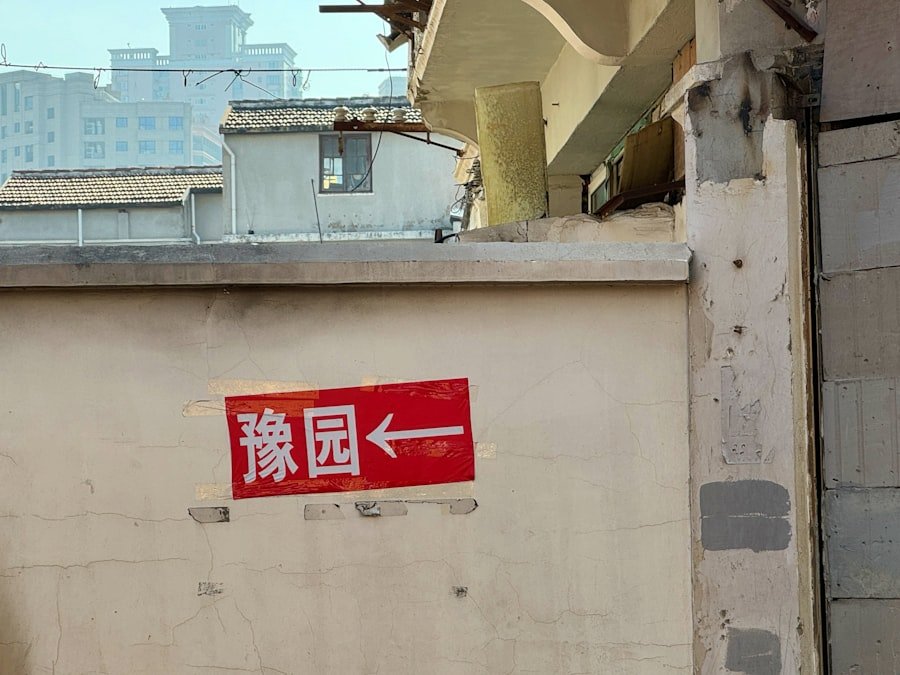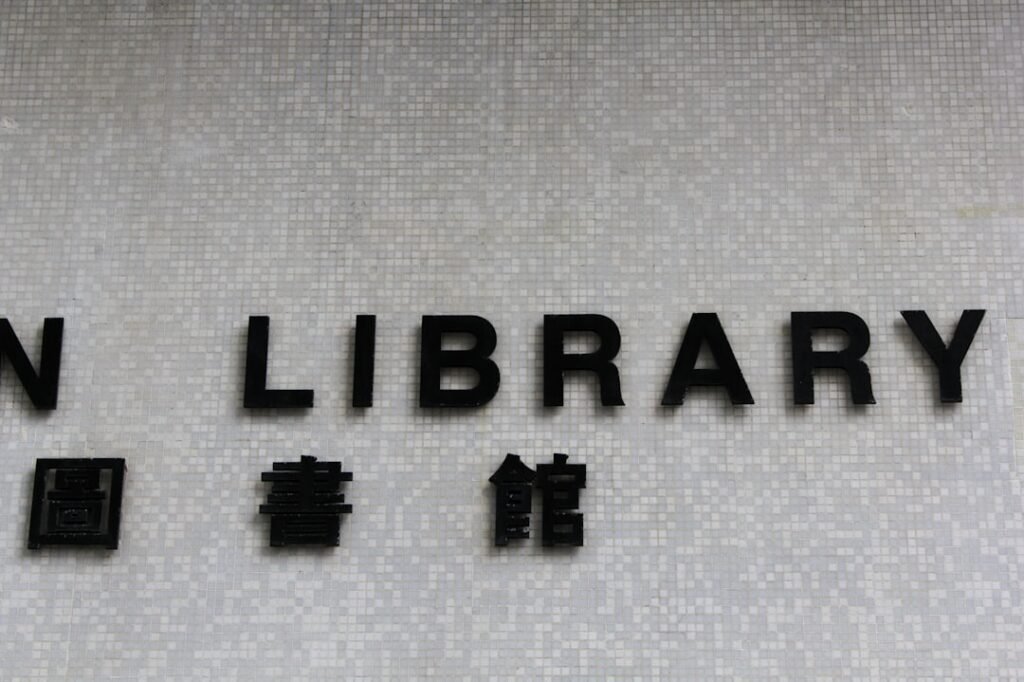Chinese calligraphy is not merely an art form; it is a profound cultural practice that has evolved over thousands of years. Rooted in the ancient traditions of China, calligraphy embodies the philosophical and aesthetic values of Chinese culture. The practice of writing characters with a brush is steeped in history, with its origins tracing back to the Shang Dynasty (1600-1046 BC).
This art form is not just about the visual representation of characters; it is a means of expressing one’s inner thoughts and emotions, reflecting the writer’s personality and state of mind. The significance of calligraphy extends beyond its aesthetic appeal. It is often regarded as a reflection of one’s moral character and intellectual depth.
In traditional Chinese society, mastery of calligraphy was considered essential for scholars and officials, as it demonstrated their education and refinement. The brush strokes, the flow of ink, and the choice of characters all contribute to a narrative that speaks to the viewer on multiple levels. Understanding this tradition is crucial for anyone wishing to delve into the world of Chinese calligraphy, as it provides a foundation upon which to build one’s skills and appreciation for this timeless art. Master the art of Chinese calligraphy. Enroll now at the LC Chinese School in Oslo.
Table of Contents
ToggleSummary
- Chinese calligraphy is a traditional art form with deep cultural significance and history.
- Imitation is a key aspect of learning and mastering the art of calligraphy.
- There are various calligraphy styles to explore, each with its own unique characteristics and techniques.
- Drawing inspiration from master calligraphers can help in developing one’s own style and skills.
- Experimenting with brush strokes and techniques is essential for honing calligraphy skills and finding personal expression.
Embracing the Art of Imitation
Imitation is a fundamental aspect of learning in Chinese calligraphy. Aspiring calligraphers often begin their journey by copying the works of master calligraphers, a practice that allows them to internalise techniques and develop an understanding of the nuances involved in brushwork. This process is not merely about replicating characters; it is an exercise in observation and absorption.
By studying the strokes, spacing, and overall composition of established works, students can gain insights into the subtleties that define different styles. Moreover, imitation serves as a bridge between tradition and personal expression. As students replicate the works of their predecessors, they begin to discover their own preferences and inclinations.
This phase of learning fosters a deep respect for the art form while simultaneously encouraging individuality. The act of imitation becomes a dialogue between the student and the masters, allowing for a rich exchange of ideas and techniques that can ultimately lead to personal innovation.
Exploring Different Calligraphy Styles

Chinese calligraphy encompasses a diverse array of styles, each with its own unique characteristics and historical significance. From the fluid elegance of running script (行书) to the bold strokes of seal script (篆书), each style offers a different lens through which to appreciate the art form. Exploring these various styles is essential for any calligrapher seeking to develop their skills and find their voice within this rich tradition.
As students experiment with different styles, they begin to understand how each one conveys distinct emotions and messages. For instance, regular script (楷书) is often associated with clarity and precision, making it ideal for formal documents, while cursive script (草书) embodies spontaneity and freedom. By immersing themselves in these styles, students can not only enhance their technical abilities but also cultivate a deeper appreciation for the cultural context in which these styles emerged.
This exploration ultimately enriches their practice and informs their artistic choices.
Finding Inspiration in Master Calligraphers
The world of Chinese calligraphy is replete with master calligraphers whose works have left an indelible mark on the art form. Figures such as Wang Xizhi, known as the Sage of Calligraphy, and Yan Zhenqing, celebrated for his powerful brushwork, serve as sources of inspiration for contemporary practitioners. Studying their works allows students to glean insights into their techniques, philosophies, and approaches to calligraphy.
Inspiration can also be drawn from the lives of these masters. Their dedication to their craft, often marked by years of rigorous practice and study, serves as a reminder of the commitment required to excel in this art form. By understanding their journeys, students can cultivate a sense of perseverance and passion in their own practice.
The stories behind these masters’ works often reveal the interplay between personal experience and artistic expression, encouraging students to reflect on their own narratives as they engage with calligraphy.
Experimenting with Brush Strokes and Techniques
The brush is the primary tool in Chinese calligraphy, and mastering its use is essential for any aspiring calligrapher. Experimentation with brush strokes and techniques is a vital part of the learning process. Each stroke carries its own weight and significance, contributing to the overall composition of a piece.
By exploring different pressures, angles, and speeds while using the brush, students can discover how these variables affect the outcome of their work. Moreover, experimentation fosters creativity and innovation. As students become more comfortable with their tools, they may begin to develop their own techniques or adapt traditional methods to suit their personal style.
This exploration can lead to unexpected results that challenge conventional notions of calligraphy while still honouring its roots. The journey of experimentation not only enhances technical skills but also encourages a playful approach to creativity that can yield unique artistic expressions.
Incorporating Personal Expression into Your Work

While Chinese calligraphy is deeply rooted in tradition, it also offers ample opportunity for personal expression. As students progress in their practice, they are encouraged to infuse their work with elements that reflect their individuality. This could manifest through the choice of characters, the emotional tone conveyed through brush strokes, or even the incorporation of personal symbols or motifs.
Incorporating personal expression into calligraphy allows artists to create pieces that resonate on a deeper level with both themselves and their audience. It transforms the act of writing into a form of storytelling, where each character becomes a vessel for personal meaning. This balance between tradition and individuality enriches the art form, ensuring that it remains dynamic and relevant in contemporary contexts.
Developing a Signature Style
As students continue to hone their skills and explore various techniques, they may begin to develop a signature style that reflects their unique voice as artists. This process involves synthesising elements from different influences while also embracing one’s own preferences and sensibilities. A signature style is not merely a replication of existing forms; it is an authentic expression that emerges from years of practice, experimentation, and self-discovery.
Developing a signature style requires patience and introspection. It involves recognising what resonates personally—whether it be certain brush strokes, character choices, or thematic elements—and weaving these into a cohesive body of work. This journey towards finding one’s voice can be both exhilarating and challenging, but it ultimately leads to a more profound connection with the art form.
Balancing Tradition and Innovation
In the realm of Chinese calligraphy, striking a balance between tradition and innovation is essential for growth as an artist. While it is important to honour the techniques and philosophies passed down through generations, there is also room for experimentation and new ideas. This balance allows calligraphers to remain rooted in their cultural heritage while also pushing the boundaries of what is possible within the art form.
Innovative approaches can breathe new life into traditional practices, inviting fresh perspectives that resonate with contemporary audiences. By embracing innovation while respecting tradition, artists can create works that are both timeless and relevant. This dynamic interplay between old and new enriches the field of calligraphy, ensuring its continued evolution as an art form.
Seeking Feedback and Critique
Feedback plays a crucial role in the development of any artist’s practice, including those engaged in Chinese calligraphy. Seeking constructive criticism from peers or mentors can provide valuable insights into areas for improvement while also affirming strengths. Engaging with others who share a passion for calligraphy fosters a sense of community and encourages dialogue about techniques, styles, and artistic choices.
Critique should be viewed as an opportunity for growth rather than as a judgement on one’s abilities. By approaching feedback with an open mind, artists can refine their skills and deepen their understanding of their work. This process not only enhances technical proficiency but also cultivates resilience—a vital trait for any artist navigating the complexities of creative expression.
Honing Your Craft through Practice and Study
The journey towards mastery in Chinese calligraphy is one that requires dedication and consistent practice. Regularly engaging with brushwork—whether through copying masterworks or creating original pieces—allows artists to refine their techniques over time. Additionally, studying historical texts or attending workshops can provide valuable insights into different styles and philosophies.
Practice should be approached with intention; each session offers an opportunity to focus on specific aspects of technique or expression. Setting goals for improvement can help maintain motivation while also providing a sense of accomplishment as progress is made. The commitment to honing one’s craft ultimately leads to greater confidence in artistic abilities and a deeper appreciation for the intricacies of calligraphy.
Embracing the Journey of Self-Discovery in Calligraphy
The path of learning Chinese calligraphy is not solely about acquiring technical skills; it is also a journey of self-discovery. As artists engage with this ancient practice, they often find themselves reflecting on their own identities, experiences, and emotions. The act of creating becomes a means of exploring one’s inner world while also connecting with broader cultural narratives.
Embracing this journey allows artists to cultivate a sense of mindfulness in their practice. Each stroke becomes an opportunity for introspection—a moment to pause and reflect on what it means to create within this rich tradition. As individuals navigate their artistic paths, they may uncover new layers of meaning within themselves that inform their work in profound ways.
At LC Chinese School in Oslo, we offer specialised courses in Chinese calligraphy that cater to both beginners and those looking to refine their skills further. Our experienced instructors guide students through this intricate art form, emphasising both traditional techniques and personal expression. Whether you are drawn to the elegance of running script or wish to explore your unique style through experimentation, our courses provide a supportive environment for your artistic journey.
Join us at LC Chinese School in Oslo to immerse yourself in the world of Chinese calligraphy—a space where tradition meets innovation, allowing you to discover your voice within this timeless art form while connecting with fellow enthusiasts who share your passion for creativity and self-expression.
Master the art of Chinese calligraphy. Enroll now at the LC Chinese School in Oslo.







